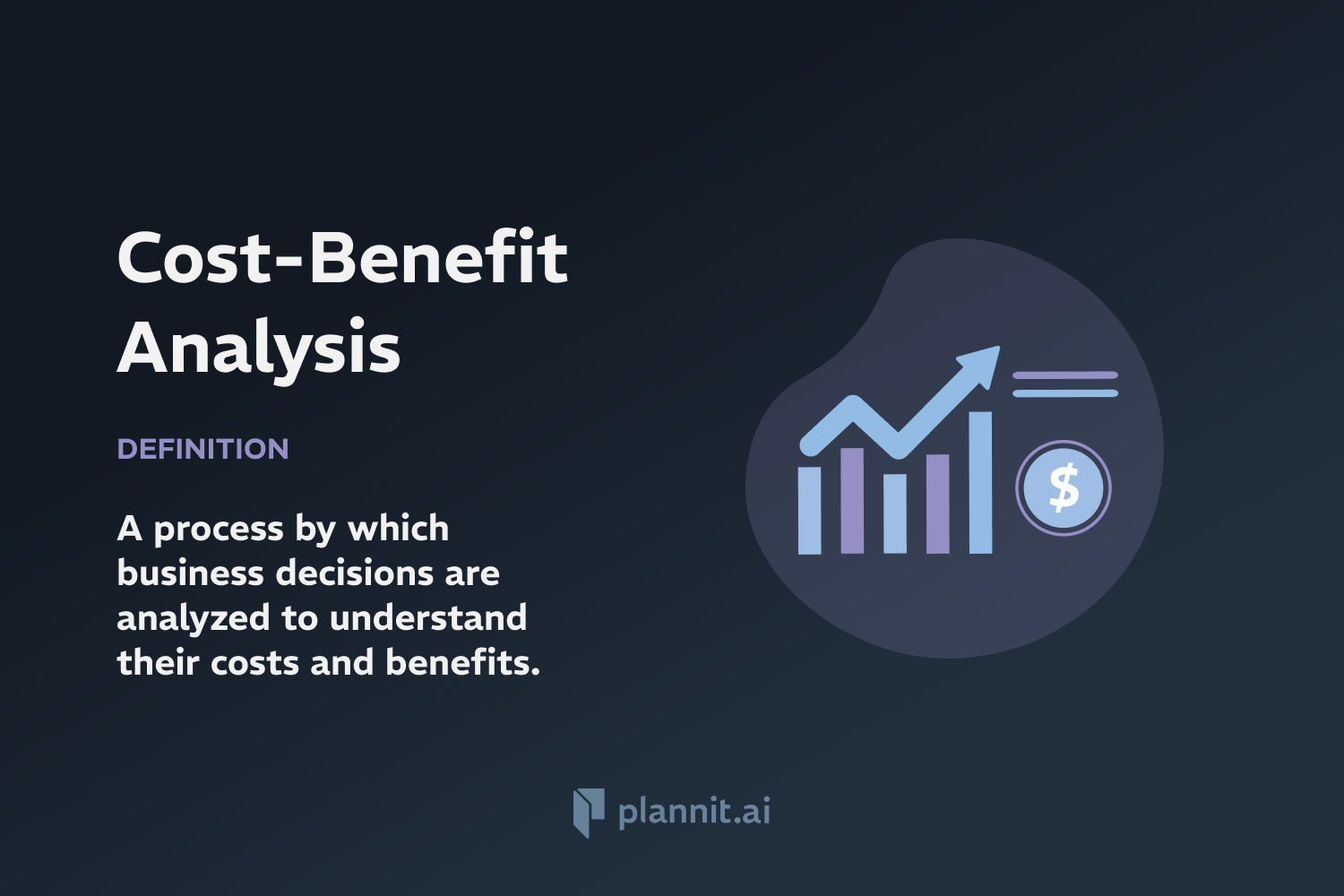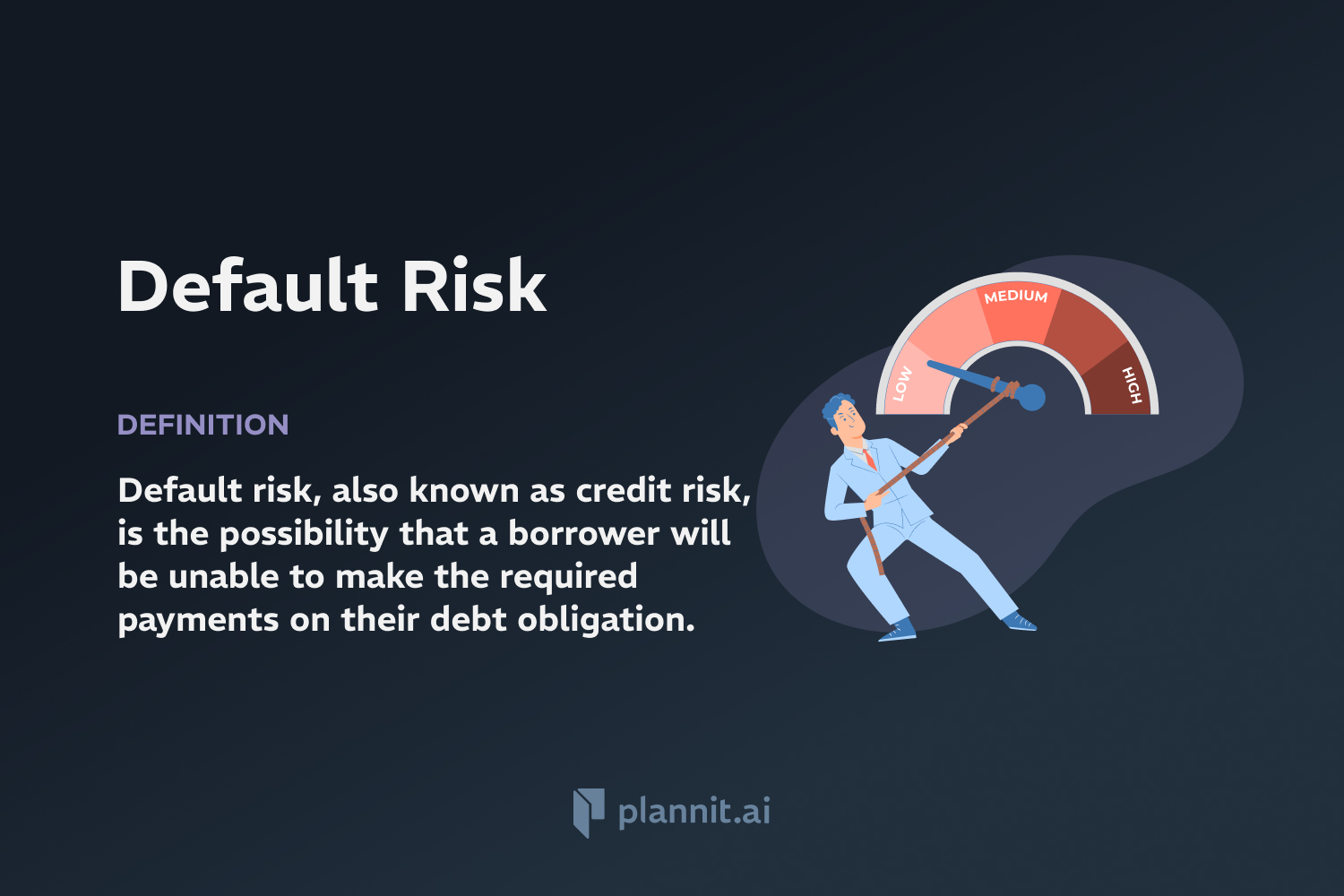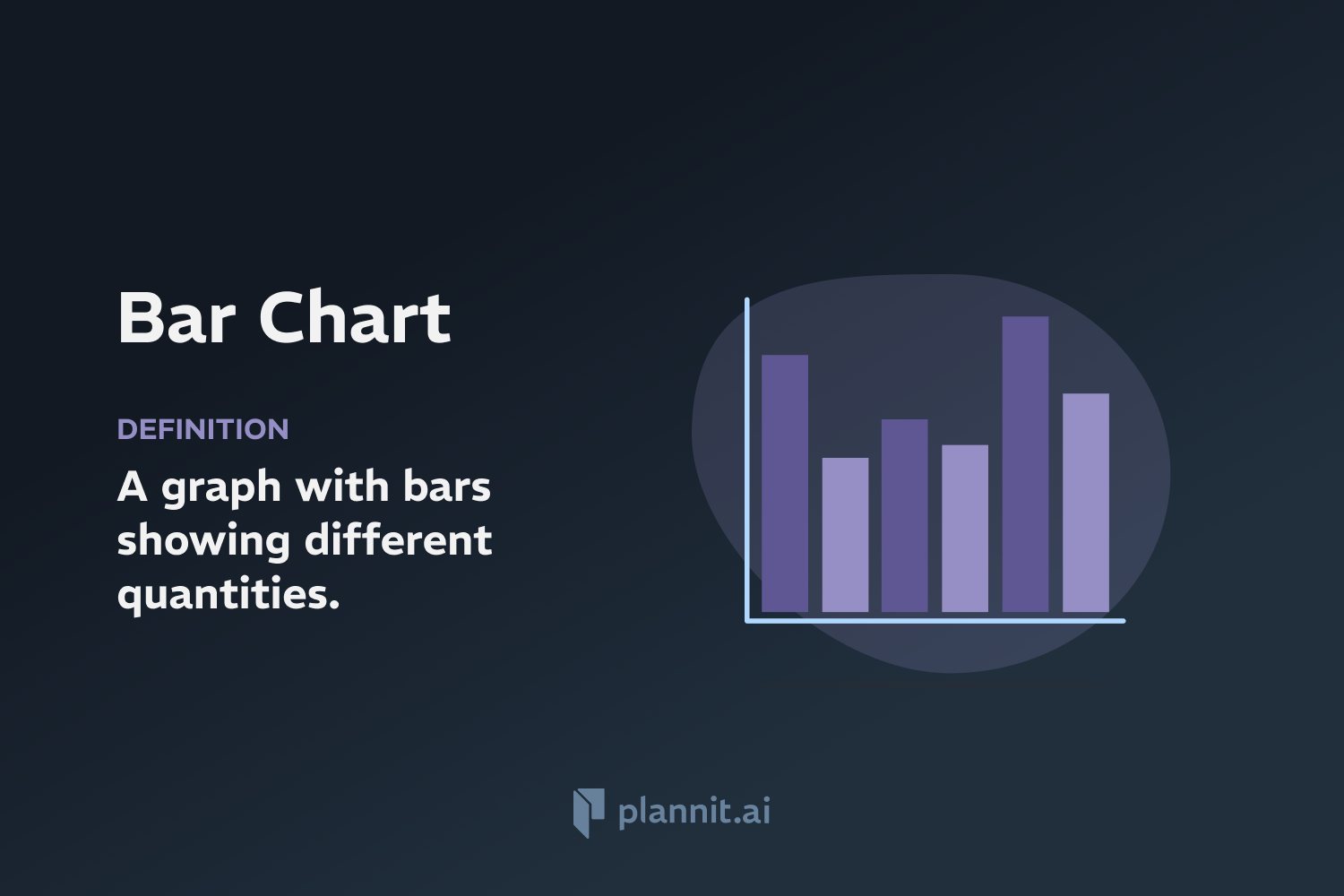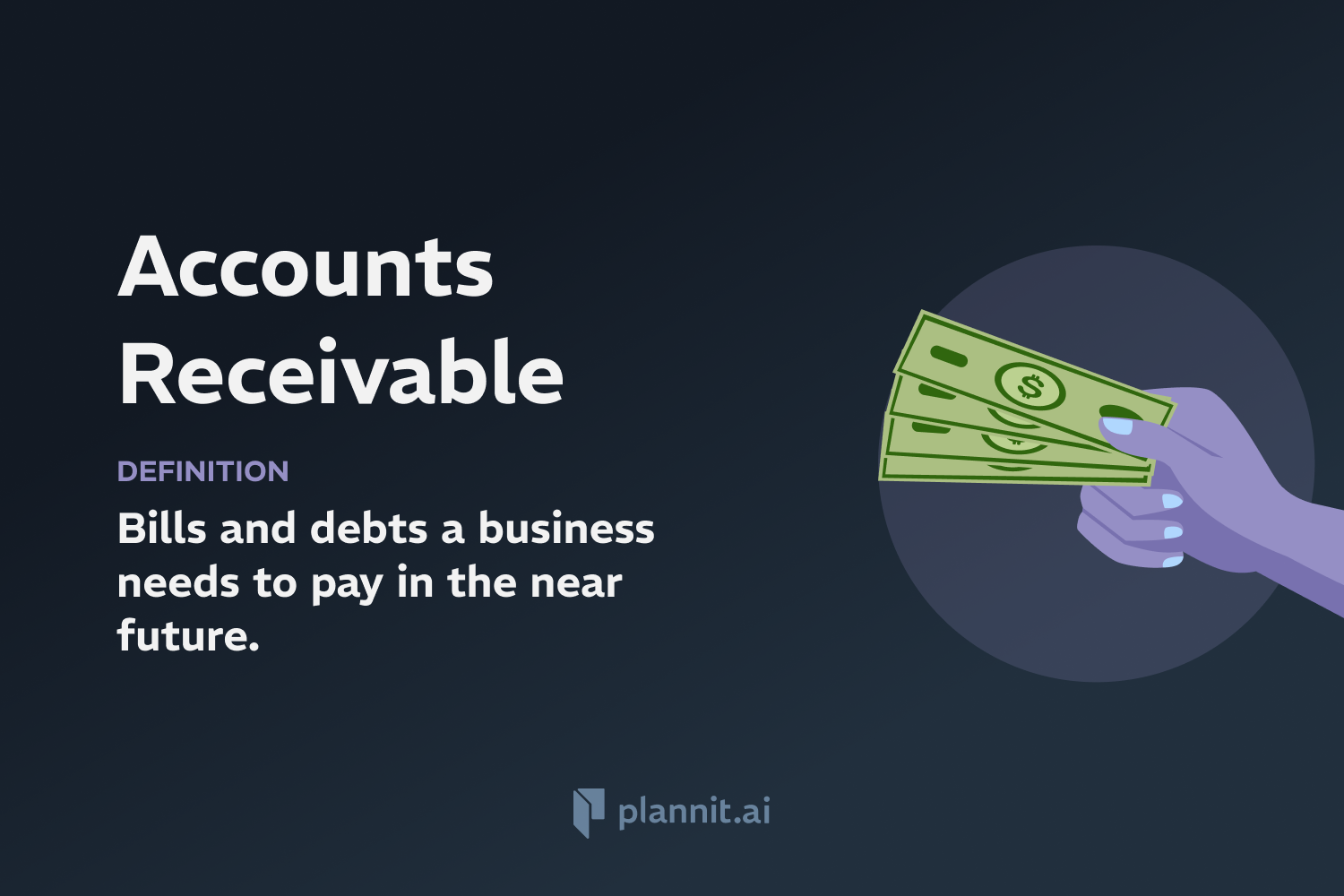Need Help With Your Business Plan?
Answer tailored questions and get a detailed business plan in minutes.
Cost-Benefit Analysis: Definition & In-Depth Explanation

Cost-benefit analysis (CBA) is a systematic approach to estimating the strengths and weaknesses of alternatives used to determine options that provide the best approach to achieving benefits while preserving savings. This method is commonly used in economics, business decision-making, and public policy to evaluate the financial and social impacts of potential projects or decisions.
Purpose:
The purpose of conducting a cost-benefit analysis is to assess whether a project or decision is financially viable and to identify the best option when multiple alternatives are available. By quantifying both the costs and benefits in monetary terms, decision-makers can objectively compare different scenarios and make informed choices that maximize benefits relative to costs.
Example:
A city council may use cost-benefit analysis to decide whether to build a new public park, upgrade an old facility, or do nothing. The analysis would include costs such as land acquisition, construction, and maintenance, as well as benefits like increased property values, recreational opportunities for residents, and potential revenue from park services.
Related Terms:
Net Present Value (NPV): A financial metric that sums the present values of incoming and outgoing cash flows to help determine the profitability of an investment.
Opportunity Cost: The cost of foregoing the next best alternative when making a decision.
Economic Impact: The effect of a decision on the financial health of an economy, which may include direct, indirect, and induced impacts.
Externalities: Costs or benefits that affect parties who did not choose to incur that cost or benefit.
FAQs:
How are the benefits and costs measured in a cost-benefit analysis?
Benefits and costs are often measured in monetary terms, using market prices where available. Non-market values, such as environmental or social impacts, may require estimation through methods like shadow pricing or willingness to pay.
What is the difference between a cost-benefit analysis and a cost-effectiveness analysis?
Cost-benefit analysis quantifies both costs and benefits in monetary terms, whereas cost-effectiveness analysis compares the relative costs and outcomes (not necessarily in monetary terms) of two or more courses of action.
Can cost-benefit analysis be used for small-scale projects?
Yes, cost-benefit analysis can be scaled to assess projects of any size, from small business investments to large public infrastructure projects, to ensure resources are used efficiently.
What are some limitations of cost-benefit analysis?
Limitations include difficulties in quantifying certain types of benefits and costs, potential bias in selecting what costs and benefits to include, and challenges in accurately forecasting future outcomes.
Why is the discount rate important in cost-benefit analysis?
The discount rate is used to convert future costs and benefits into present values, reflecting the time value of money. Choosing an appropriate discount rate is crucial as it significantly affects the analysis results, especially for long-term projects.
Get funding with a business plan that will impress investors.
Starting a New Business?



